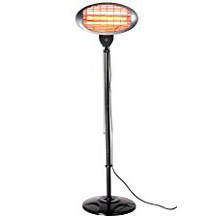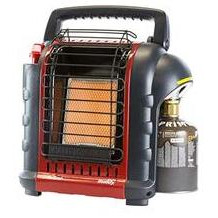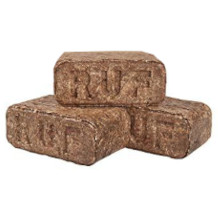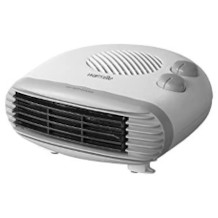Humidifier purchasing advice: how to choose the right product
- What you need to know
- A humidifier uses water to improve the indoor climate by increasing the humidity in the air.
- There are three different types of technology: Vaporiser, evaporator and atomiser.
- The devices must be cleaned regularly to minimise germ formation in the standing water.
- High-quality devices measure the percentage humidity and thus regulate the operating intensity as needed.
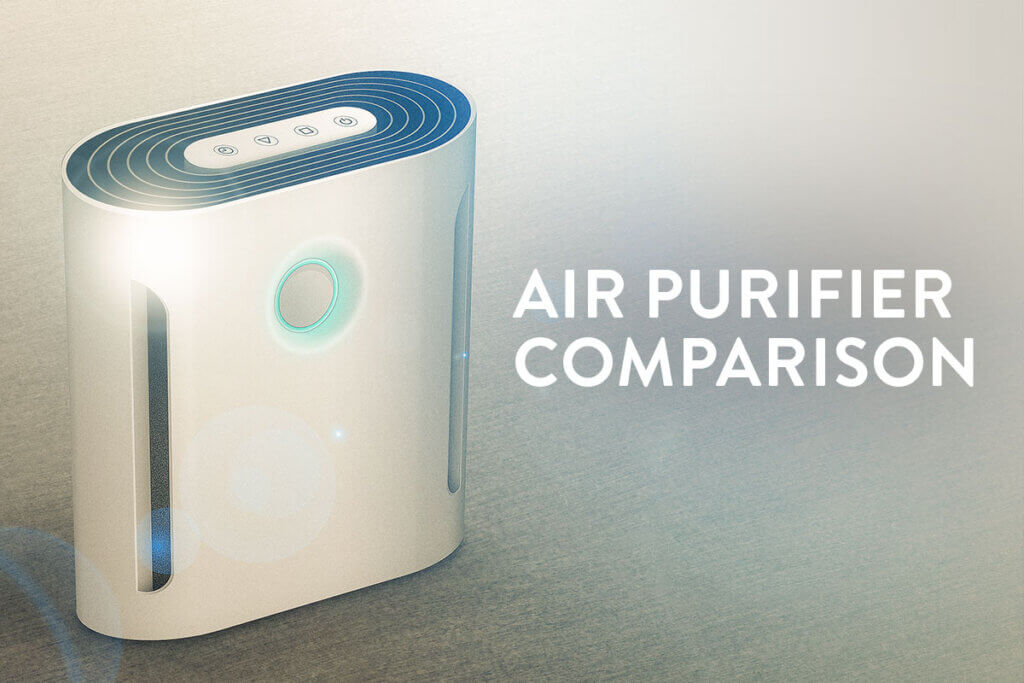
What is a humidifier and for whom is it suitable?
A humidifier, also known colloquially as a room humidifier or room humidifier, is a device that increases the humidity in living spaces. In general, it makes sense to enrich the air in the living room with additional water with the help of a humidifier when the air humidity is too low. This is the case when the value of relative humidity is below 40 percent. Room air that is too dry occurs above all in the winter months, when dry heating air dominates the room climate. If you are exposed to this dry room air for a longer period of time, fatigue, dry skin and dry mucous membranes are the result. The latter increases susceptibility to infections and nosebleeds. To get through the cold season in good health, the use of an air humidifier makes absolute sense.
For allergy sufferers in particular, the investment can be worthwhile, because the higher humidity binds dust and pollen and they sink to the ground instead of continually whirring through the air and thus being absorbed through the respiratory tract. Of course, regular damp mopping of the floor is obligatory for allergy sufferers.
Especially in winter, when there is a lot of heating due to the drop in temperature, it is not uncommon for the relative humidity to drop below 40 percent RH.
Relative humidity
Relative humidity (RH) is a measure of comfort. In heating and air-conditioning technology, it refers to a range of room humidity in which people feel most comfortable.
As far as possible, indoor air should be above this range of relative humidity to ensure concentration and comfort for people. Babies in particular are sensitive to dry room air. If this value drops very sharply over a long period of time, diseases of the respiratory system can be the result. Vocal disorders, skin diseases and eye irritations can also occur. Furthermore, drying out over a longer period of time can have a damaging effect on floor coverings and furnishings such as cupboards as well as on special instruments, for example guitars. A humidifier raises the relative humidity and prevents the various negative effects in this way.
Different modes of operation – vaporiser, evaporator, atomiser
Humidifiers are available in different basic models that function differently, each have their own advantages and disadvantages and are also in different regions in terms of price. We present the individual types.
“Steam humidifier” aka vaporiser: high performance with high energy consumption
An evaporator brings water to boiling point by means of a heating element. The warm water vapour is then released into the room air. Advantage: The germs in the water are killed by the heating. The room air is therefore healthier than with other types of ventilation. The performance offered by these devices is high compared to other humidifier variants. However, due to the fact that the heating element works permanently and heats the water to boiling point, the energy requirement is also high in relation to other models. In addition, these models are comparatively expensive to buy. In winter, the addition of hot steam to the room air may be quite pleasant, but in summer it can be perceived as unpleasant during hot spells.
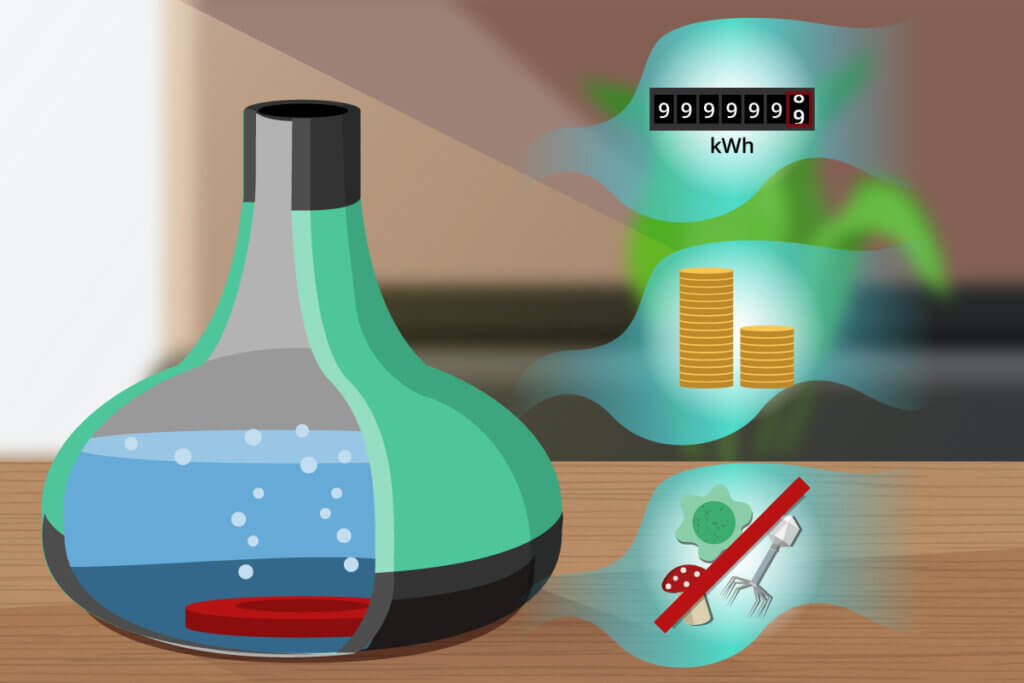
Pro points
- Killing germs by heating the water
- No drop in room temperature
- High performance
- Cleaning is not as frequent as with comparable units
Drawbacks
- Comparatively high power consumption; therefore high electricity costs
- Overhumidification possible
Evaporator: low electricity costs, but also only moderate efficiency
An evaporator increases the surface of the water via filters. This type of air humidification is energy-saving and efficient, but does not come close to an evaporator in terms of performance. They typically consist of rotating discs through which water and air are constantly mixed. This process is also known as “air washing”. Other designs include a filter that is perforated many times and therefore has a very large surface area. You can imagine the whole thing like a coarse sponge. The lower part is immersed in water and is continuously soaked up.
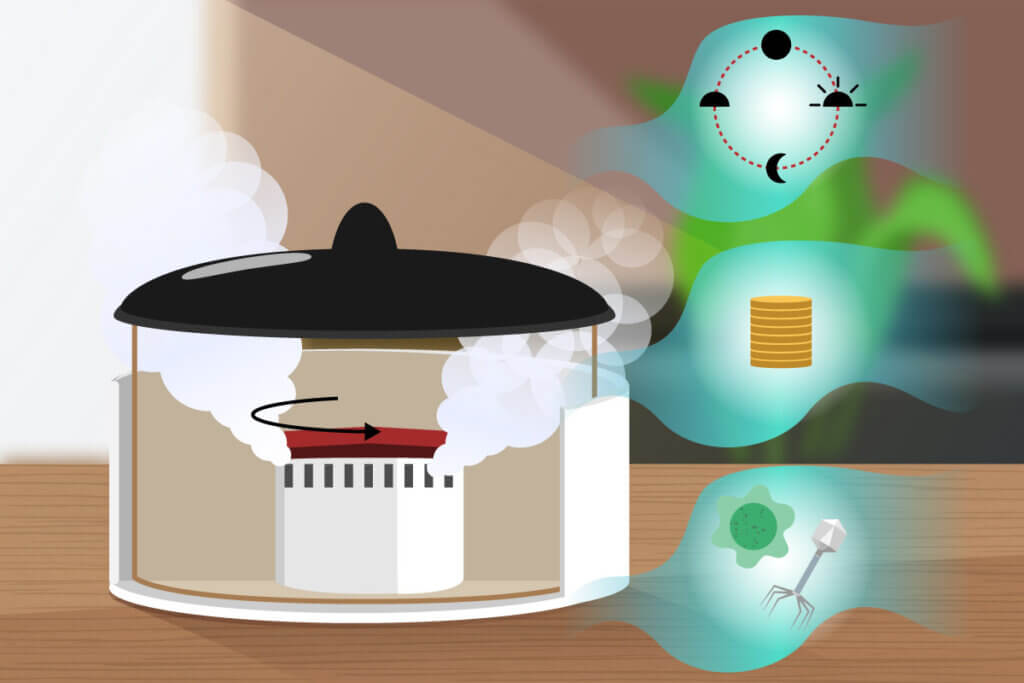
Here, the developers make use of the capillary effect: The absorbed water evaporates without further energy input on the filter surface and is absorbed by the room air. In many models, the air cooled in this way is led out of the unit by a fan. In contrast to the evaporator, overhumidification is ruled out with this method, since the room air no longer absorbs moisture “passively”, i.e. without a nebuliser or nozzle, once it reaches a certain saturation. Therefore, they are also well suited for continuous use.
Another advantage of the evaporator: With this humidifier variant, no bacteria are blown into the air because no aerosols are produced and emitted. With the evaporator, on the other hand, the bacteria are killed by heating. The vast majority of devices work passively. Often it is a water container attached to a radiator. Even a wet towel on a radiator humidifies the room air in this way. The water must be changed regularly and the container disinfected to prevent germs from spreading in it. Some humidifiers have an automatic disinfection function via ultraviolet radiation. This slows down the formation of germs considerably. Nevertheless, the water containers should be cleaned regularly. These humidifiers are suitable for users who do not use the device so often and want to save on both purchase and operating costs.
Pro points
- No over-humidification possible
- Low power consumption
- Reduction of air temperature
- Units comparatively inexpensive
Drawbacks
- Regular cleaning or disinfection of the water necessary
- Comparatively low output
Atomiser: droplet mist is “shot” into the room air
Humidifiers that work according to the atomiser principle use ultrasound to atomise liquid into fine water mist. Pressure nozzles then distribute this into the room air, thus increasing the percentage of humidity in the air. This process uses less energy, especially compared to evaporator models that permanently heat liquid to boiling point. The unheated mist creates an additional cooling effect that most people find pleasant in summer temperatures. In other seasons, however, this effect may be undesirable.
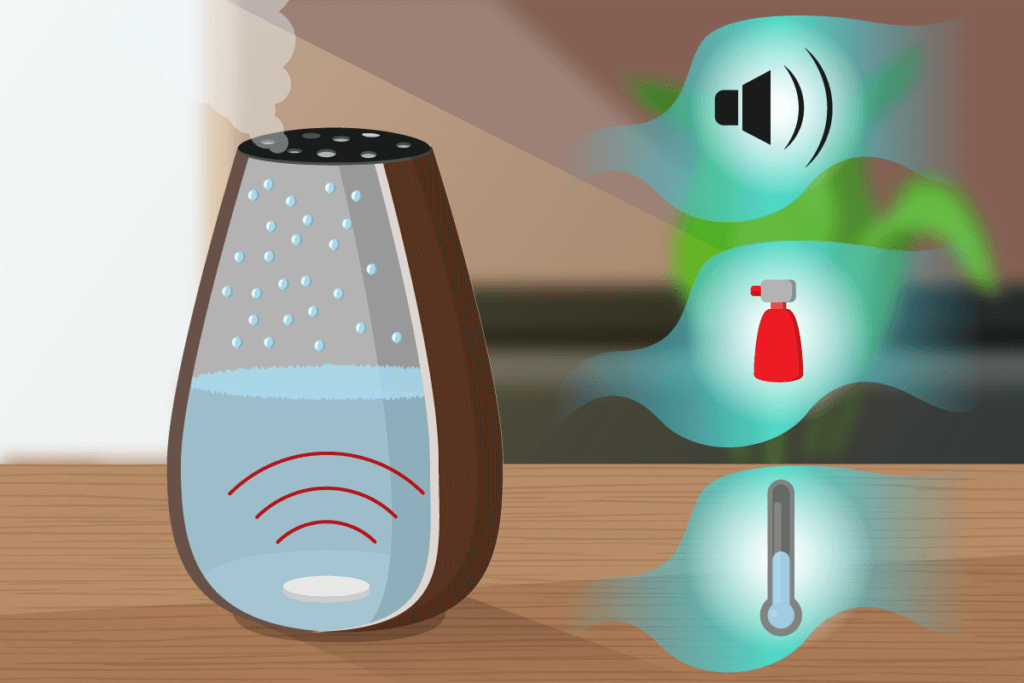
These humidifiers must also be cleaned regularly, because germs build up in the water tanks over time and are released into the room air over a large area by the spray function. Some humidifiers have filter systems that keep the germ count low. This model is not very suitable for asthmatics. Since the nozzles tend to clog quickly, users should use either decalcified or distilled water.
Pro points
- Low energy consumption
- Low noise
- Reduces air temperature (in summer)
Drawbacks
- Over-humidification possible
- Regular cleaning or disinfection of the water necessary
- Lowering of air temperature (in winter)
Which criteria determine the purchase
Depending on the requirements users place on a humidifier – these may concern, for example, the size of the room to be humidified, the volume or the running time – different models are recommended. We provide an overview of the purchase criteria.
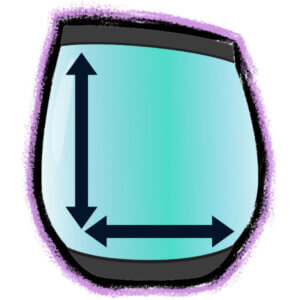
Design and dimensions: The room size is decisive
The evaporators, also called steam humidifiers, have the greatest overall depth of about 40 centimetres. This is needed to accommodate the boiling unit in the housing. Evaporator and atomiser models usually manage with only half the depth. However, the mere construction size says nothing about the room size for which the respective models are ultimately suitable. Here, customers must refer to the specific information on the package or in the operating instructions. As a rule, a square metre figure is given here, which the units can cover at most. As a rule, these specifications range between 20 and 40 square metres. Usually, the atomisers, which can optionally be equipped with an aroma additive, have the largest room coverage due to their design. Of course, the appearance also plays a role: many users consciously decide for or against a certain design. In large rooms, users may even have to choose between two units.
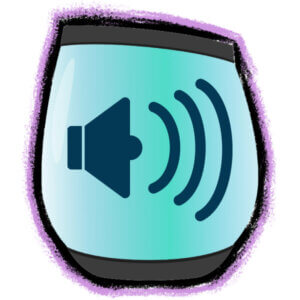
Operating volume: Noisy or suitable for overnight use
If the humidifier in question is located in rooms that are not used for sleeping, even a comparatively loud humidifier is usually not a problem. In rooms where the user sleeps, the noise level should be kept to a minimum, if possible. This is especially true for children’s rooms. Vaporisers are at a clear disadvantage here, as heating the water is associated with a certain basic noise level. Although humidifiers do not reach the same decibel levels as a kettle – 70 decibels at peak – the operating noise can still be perceived as annoying at night. Common models reach between 20 and 60 decibels. Vaporisers and atomisers have an advantage here: they operate quietly or even silently and can therefore be used for overnight operation without any problems.
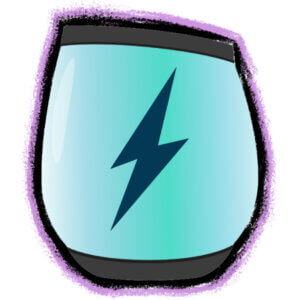
Power consumption: Vaporisers perform poorly
An evaporator works on the principle of an immersion heater: a metal tube is made to glow by means of electrical energy and heats the water in the tank to boiling point. The water vapour then disperses into the room air, increasing the amount of humidity. However, with an operating consumption of 100 to 400 watts, these models are anything but energy-saving. Especially with regular operation, this is noticeable on the electricity bill: Ten hours of operation can cost up to one euro, depending on the electricity tariff. Practical: Almost all humidifiers have a sensor that switches the device off when the water is completely used up. So users can sleep through the night with peace of mind. The evaporators use comparatively little energy. Passive models, which only use capillary force and a large surface area for evaporation, even manage without any energy at all. The atomisers are more energy-efficient than the vaporisers and therefore lie in the middle in terms of power consumption. Even the ultrasonic function devours less energy than the permanent water heating of an evaporator: humidifiers usually consume less than 50 watts, and there are even models with a consumption of only 2 watts.

Water tank capacity: operating time without refilling
First of all, the recommended size of the water tank depends very much on the way the humidifier is operated: While passive evaporation devices manage for a very long time even with small amounts of water, evaporators, in contrast, consume a lot of liquid that is heated and dispensed. There are humidifier models on the market with a capacity ranging from a few millilitres to six litres and large devices with tanks holding over 10 litres. In addition to the capacity, the maximum operating time also depends on the throughput of the humidifiers. This is given in millilitres per hour (ml/h). The higher this value is, the more often users have to refill with new water. Some models have no liquid left after three to four hours of operation and switch off automatically. If the room air is also to be humidified overnight, users should choose a humidifier that is designed for use for at least seven hours.

Humidification output: partially dosing
Many models always release the same amount of humidity into the room air after being switched on. Once the ideal room climate has been reached, users switch off the humidifier to maintain this condition. Sometimes, however, models are also available where the intensity of the humidification output can be regulated, for example via a rotary wheel. In this way, users can adjust the output as needed.
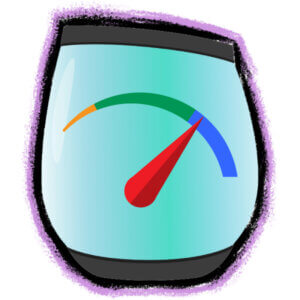
Hygrostat: measures the humidity and adjusts the dose
Technically more sophisticated models are able to analyse the room air and regulate the humidification output according to the user’s wishes. Such systems are used in industry for both humidification and dehumidification systems to keep the humidity within the ideal range. This is the case in greenhouses or food warehouses, for example. People feel comfortable when the indoor humidity is between 40 and 60 percent. With the exception of evaporators, all types of humidifiers can lead to over-humidification of the room air unless they have a hygrostat or are switched off in time. Room air that is too humid can also lead to health problems: People feel uncomfortable, start to sweat. This is comparable to a holiday in a tropical place where the weather is very humid: the body sweats continuously, tries to regulate its own temperature and needs some time to acclimatise. In addition, humid indoor air over a longer period of time inevitably leads to mould growth, as often occurs in cellars and attics. Caution is advised here: The mould spores are considered pathogens and can cause asthma and allergies.
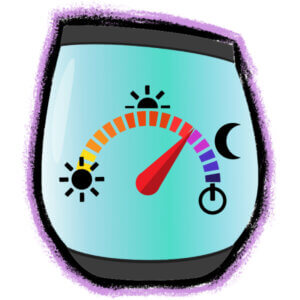
Switching off after a certain period of time
Some humidifiers have a timer that users can set to run for a certain time, for example two hours. This ensures that the device works when you go to sleep, for example, but does not run all night. This automatic switch-off is comparable to the sleep timer of a television.

Remote control: Rare additional function
A few models have a separate remote control with which users can switch the unit on and off, select the intensity or, if necessary, set the timer. However, this is merely a nice gimmick, as operation by switch-on and rotary knob is almost as convenient. Moreover, unlike with a TV set, for example, users do not switch back and forth frequently between different programmes.

Light for a relaxed sense of well-being
Many models have their own lighting device. In most cases, LEDs are installed here. These shine continuously, can be switched off, pulsate slowly in one colour or have a colour-changing function. Many users find the latter pleasant, so that it is also used in other areas, for example in saunas or in colour therapy. The different colours each have a different effect on the human psyche. However, experts do not agree on the concrete influences of the individual colours. What is certain, however, is that many users find the colour changes pleasant and relaxing.
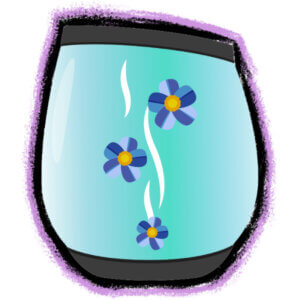
Aroma additives: the home as a fragrant oasis of well-being
Aromas increase the feel-good factor even more. Liberated breathing, subtle light (or even a colour changer) and a fragrant scent ensure pure relaxation. Of course, all family members or colleagues or flatmates should agree with this scent, because it is quickly distributed in the room air via a humidifier. Suitable essential oils can also have health benefits. Menthol and eucalyptus, for example, have an expectorant effect – an advantage for users suffering from colds. Allergy sufferers should be careful here, however, because if they are hypersensitive to certain active ingredients, the fragrance experience can lead to unpleasant side effects. In general, it is recommended to use water-soluble aroma additives, as these do not leave any residue in the device. In general, however, all aroma, fragrance or sauna oils can be used.
After the purchase – location, cleaning, use
Once users have decided to buy a humidifier, some questions remain after unpacking: Where should the humidifier be placed, how and how often does it have to be cleaned and what should be observed during use?
Location: finding a safe place
The most important criterion when looking for a suitable place to set up the humidifier is safety: if small children or animals live in your household, you must ensure that they cannot reach the device. Vaporisers in particular are dangerous because they bring the water to boiling point. There is a risk of scalding with hot steam as well as heated water in the container. Just as important as an installation location that is safe for children and pets is an even surface on which the unit cannot slip or tip over.
To ensure that all areas of the room can be reached evenly, the most effective position is in the middle of the room. However, as the unit would then be in the way, this solution is impractical. A dining table or a bedside table next to the bed is better suited. If necessary, the user can also consider a shelf, although such a shelf is usually placed against a wall and thus not near the centre of the room. With this location, the user must keep sufficient distance from books and electrical appliances, as the spray mist can damage them. In general, a minimum distance of half a metre to a whole metre from all sensitive objects as well as from the head side of the sleeping position is recommended.
It is also advisable to choose a place with higher air circulation, for example near a radiator or a window or a balcony or patio door. Often the “polluted” air is sucked in at the back of the unit and discharged at the front. It is therefore advisable to avoid corners of rooms as installation locations. It is also not advisable to position the unit between pieces of furniture, as these can obstruct both the intake and the output air flow. Users should test different installation locations for the humidifier and then compare which position is most suitable.
Cleaning: combat germs and limescale
With all humidifiers where water remains in the tank for a longer period of time, germs will gradually form. These can be particularly dangerous with atomisers, because these devices emit a fine mist without first heating the water used. Because the water is ejected cold, the bacteria cannot be killed in comparison to the vaporiser. The fine atomisation, on the other hand, ensures that the individual microscopic water particles together with the bacteria are absorbed through the respiratory tract.
Best-known manufacturers: Beurer | Medisana UHW |Philips |Venta |Wick
For this reason, all types of devices should be disinfected twice or at least once a week. In the case of colds or flu, this frequency should be increased. The user removes the water tanks, pours out any remaining water and then rinses the tank with warm water. For disinfection, an inexpensive household vinegar or vinegar essence is recommended.
At the same time, wiping out with vinegar helps to dissolve limescale deposits in the tanks, which in the case of evaporators can lead to the water no longer heating up properly. Likewise, heavy limescale build-up can cause nozzles and pipes to become clogged and therefore no longer deliver water. Without thorough cleaning, nothing will work.
Images 1-14: © FinalCheck

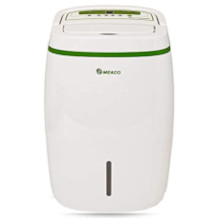
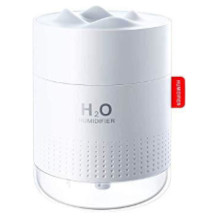
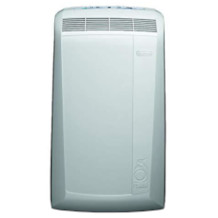
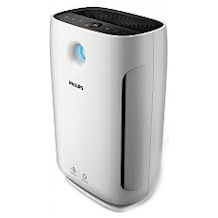

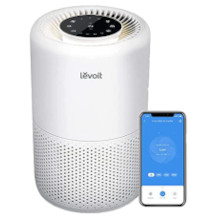
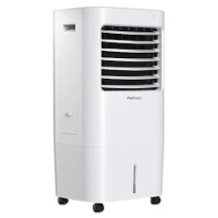
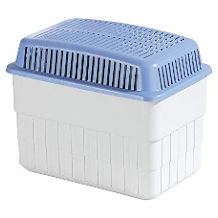
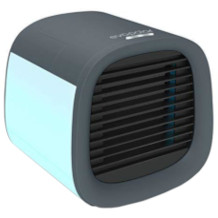
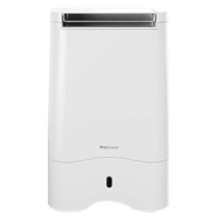
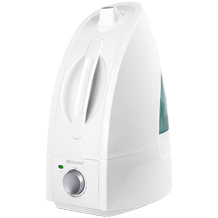
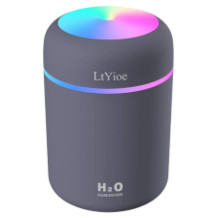
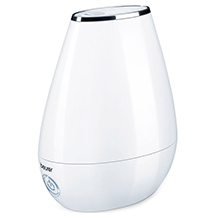
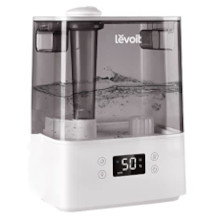
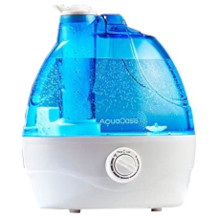
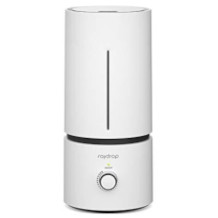
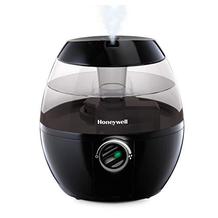

 317 reviews
317 reviews

